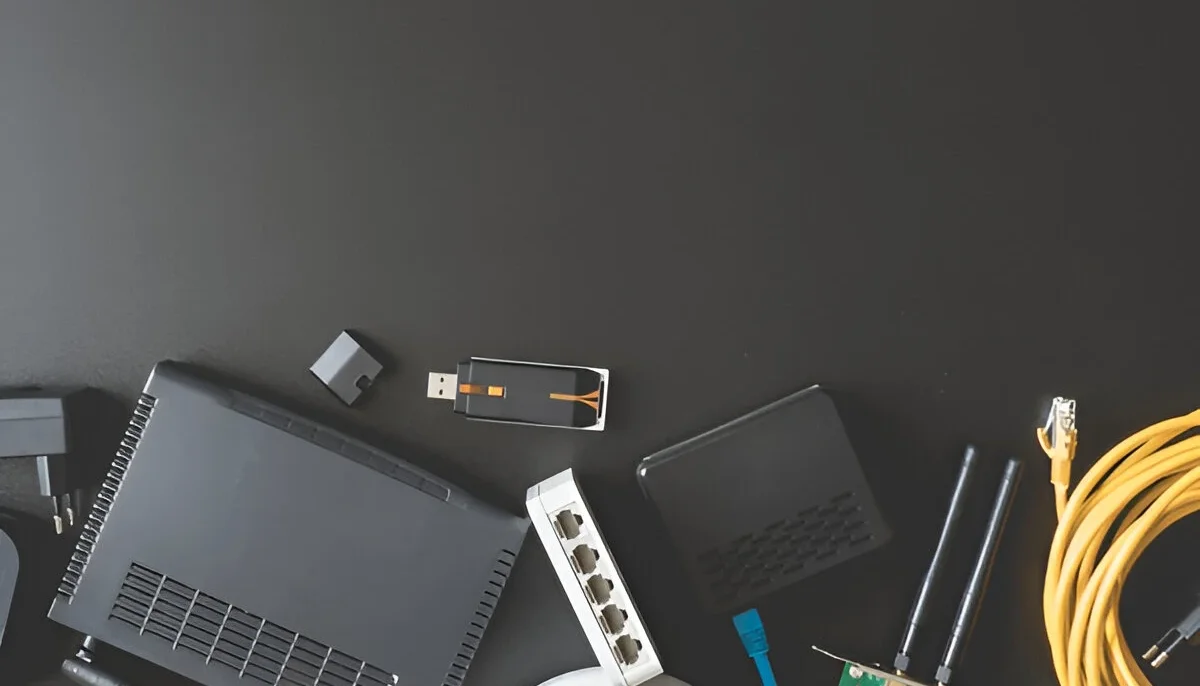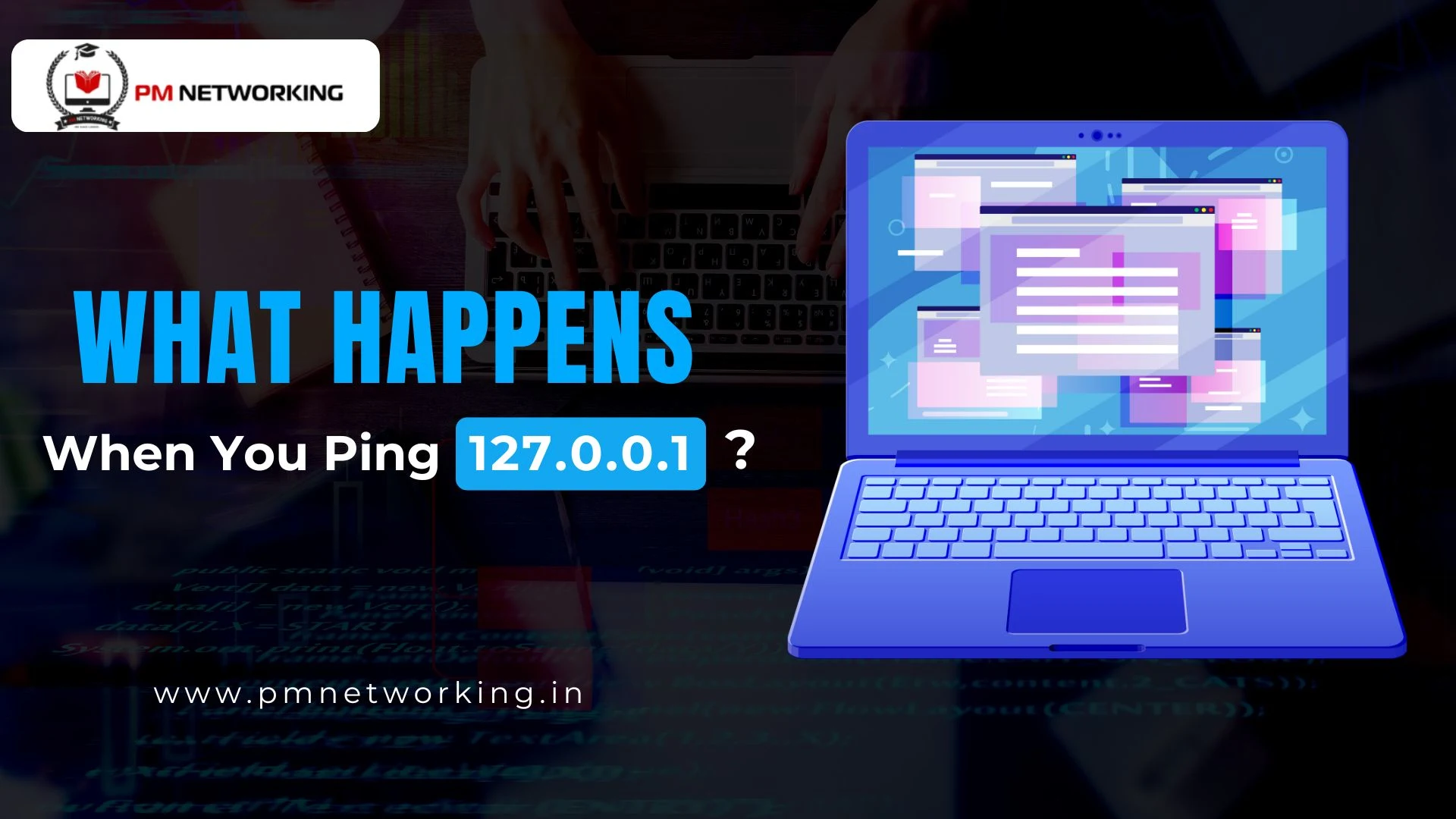
If you have ever wondered how your phone connects to a Wi-Fi network or how an email is sent on your computer halfway around the world in seconds, network devices are responsible. They are the key to having an internet experience that runs smoothly. They are the hardware and tools that allow different machines to “communicate” and ensure your data reaches where it is intended, without errors, quickly, and safely.
In this guide, we’re going to explain what networking devices do, why they are important, and the various types you may encounter, especially if you’re configuring or managing a network in your home, school, or work environment.
What Do Network Devices Actually Do?
Let’s begin with understanding what network devices are. Network devices are either physical or virtual hardware that help transmit and receive data over networks. Network devices help do everything from connecting your cell phone to your Wi-Fi, to protecting your systems from being hacked, to ensuring you can video call your friends without your screen freezing!
Here’s what they help us do:
- Transfer information to and from your devices (phone, laptop, server).
- Securely connect devices to the network whether it’s a home network or a large office network.
- Improve speed and performance by controlling how data flows among the devices.
- Secure your network by blocking suspicious traffic and controlling user access.
- Expand your network to allow for more devices to be connected or to resolve weak signal.
Types of Network Devices (and How They Help)
There are several types of network devices, each with its own special job. Some are super basic and some are smart and powerful. Let’s walk through the most common ones you’ll find in almost any modern network.
1. Access Point (AP)
An access point lets wireless devices—like your phone, tablet, or laptop—connect to a wired network using Wi-Fi. Think of it as a bridge between the Wi-Fi and your router. It helps extend the Wi-Fi signal, especially in large homes or offices. You’ve probably seen one at a café, airport, or office.
2. Modem
Short for “modulator-demodulator”, a modem is what connects your network to the internet. It converts digital signals from your computer into analog signals that travel through phone or cable lines—and then back into digital signals at the other end. Without a modem, there’s no internet connection.
Types of modems include:
- DSL Modem – Uses phone lines (but can be slow).
- Cable Modem – Faster, uses TV cables.
- Wireless Modem – Connects using Wi-Fi.
- Cellular Modem – Uses mobile data (great for traveling or areas without wired internet).
3. Firewall
A firewall is your network’s security guard. It monitors traffic coming in and going out, and it blocks anything suspicious. Firewalls keep hackers, viruses, and other online threats at bay. They can be hardware (a physical device), software (an app or program), or even a cloud-based service.
4. Repeater
Ever had weak Wi-Fi in certain rooms? That’s where a repeater comes in. It boosts weak signals so they can travel farther across your home or building. It basically “repeats” the signal, making sure it stays strong over long distances.
5. Hub
A hub is a simple device that connects several computers or devices together. It sends data to all devices on the network—whether they need it or not. That’s why hubs can be a bit inefficient. These days, they’ve mostly been replaced by switches (we’ll talk about that next).
Types of hubs include:
- Active Hub – Boosts signals and has its own power supply.
- Passive Hub – Doesn’t boost signals, just connects devices.
- Intelligent Hub – Includes some management tools to track and control traffic.
6. Bridge
A bridge connects and filters traffic between two parts of a network. It reads MAC addresses (unique IDs for each device) to decide where data should go. It’s useful for joining two smaller networks into a single larger one, especially when they use the same communication protocols.
7. Switch
A switch is like a smart hub. Instead of sending data to every device, it figures out where the data needs to go and only sends it there. That keeps the network running faster and more efficiently. Switches are widely used in networking devices in computer networks.
Types of switches include:
- Unmanaged Switches – Plug-and-play, no setup needed.
- Managed Switches – More control and monitoring tools.
- Smart Switches – A mix of both; user-friendly but still powerful.
- Layer 2 & Layer 3 Switches – Work on different layers of network communication.
- PoE Switches – Provide power through the same cable used for data.
- Gigabit Switches – Offer very fast data speeds.
- Rack-mounted/Desktop/Modular Switches – Designed for different spaces and scalability.
8. Router
A router connects different networks together, like your home network to the internet. It sends data to the right place based on IP addresses. It also assigns IP addresses to the devices in your network and can even act as a basic firewall. If you’re using Wi-Fi at home, your router is doing a lot behind the scenes!
9. Gateway
A gateway is a translator. It connects two networks that use different communication protocols. Say one network “speaks” one language, and the other “speaks” another—your gateway translates between the two so they can exchange data. Gateways are more complex than routers or switches and can work at any level of the network model.
10. Brouter
This one’s a combo device—it acts as both a bridge and a router, so it can handle both local traffic and route data between networks. It’s less common in home setups, but useful in business environments that need flexible networking.
11. NIC (Network Interface Card)
Every computer or device that connects to a network needs a NIC. It’s either built into the motherboard or added as a separate card. It allows the device to connect to the network and is responsible for sending and receiving data. You’ll find wired NICs (Ethernet), wireless NICs (Wi-Fi), and even fiber optic NICs.
Final Thoughts
If you’re new to IT or just want to better understand your home network configuration, knowing the basics of these network devices is an excellent starting point. They all provide the connection, speed, and security—whether you’re watching a movie, doing a Zoom call, or running a company.
If you’re a visual learner, you might also want to pull up some network devices images online. Looking at real networks and how these devices look will only help clarity of these concepts. Understanding networking devices in a computer network isn’t just for tech pros—it’s useful for anyone who relies on the internet daily (which is, let’s face it, all of us).







0 Comments